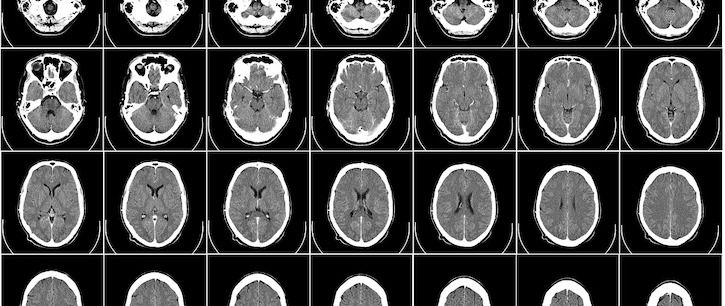- Politics
- Diversity, equity and inclusion
- Financial Decision Making
- Telehealth
- Patient Experience
- Leadership
- Point of Care Tools
- Product Solutions
- Management
- Technology
- Healthcare Transformation
- Data + Technology
- Safer Hospitals
- Business
- Providers in Practice
- Mergers and Acquisitions
- AI & Data Analytics
- Cybersecurity
- Interoperability & EHRs
- Medical Devices
- Pop Health Tech
- Precision Medicine
- Virtual Care
- Health equity
Predictive Analytics Use Leaps to 60%, Health Execs Report
A 13-point jump from last year’s Society of Actuaries survey.

Predictive analytics use in healthcare leapt to an estimated 60% in an annual survey— a 13-point year-over-year jump.
The increase was driven by both payers and providers— and it appears to be picking up speed, according to the third annual Society of Actuaries “Predictive Analytics in Health Care Trend Forecast.”
An expert told Inside Digital Health™ that while the adoption of such tools is a “natural evolution,” the progress is different in various areas of healthcare—and while some doctors or office staff may be using the advance techhologies, others in the same office may not find as much use of them.
The SOA conducted the online survey back in March, and it involved interviews with 100 health-payer executives and 101 health provider executives.
Sixty percent of the executives asked in the survey also said predictive analytics would account for 15% or more of their spending— and they expected the technologies would save their organizations 15% or more over the next five years.
The best future targets for the use of the technology are data visualization (23% of the executives) and machine learning (16%), according to the findings.
The biggest hurdles to adopting predictive analytics are: “too much data” (16% of providers responded); and “lack of skilled workers” (15% of payers polled).
About 89% of the executives said they plan to use predcitve analtics in the next five years, the results showed.
But not all analytics and artificial intelligence (AI) gains are being made in equally in the industry, said Paddy Padmanabhan, MBA, the CEO of Damo Consulting based in Illinois.
For instance, the use of machines in medical imaging has taken off and lightened the load of radiologists by doing preliminary scans of thousands of images. The technology has also made significant gains in natural language processes.
“AI has picked up in areas where there is plenty of data that can be structured and analyzed,” said Padmanabhan.
But that doesn’t mean that this will replace intricate functions, especially those involving human expertise and experience, like in cancer monitoring and care, said Padmanabhan.
“Cancer isn’t one thing. It affects different people differently,” said Padmanabhan. “The oncologists are experts who rely on years and years of training, intuition and a variety of other things… In none of these situations is machine learning or predictive analytics replacing the physician. They’re at best complementing a physician’s work by doing maybe a lot of the grunt work to begin with.”
Get the best insights in digital health directly to your inbox.
Related
Mount Sinai and Hasso Plattner Institute Launch Digital Health Institute
